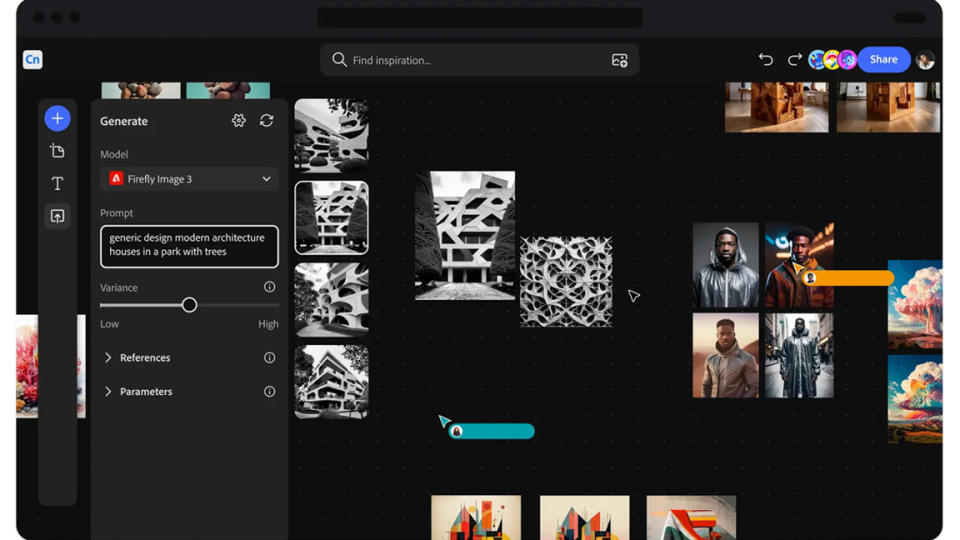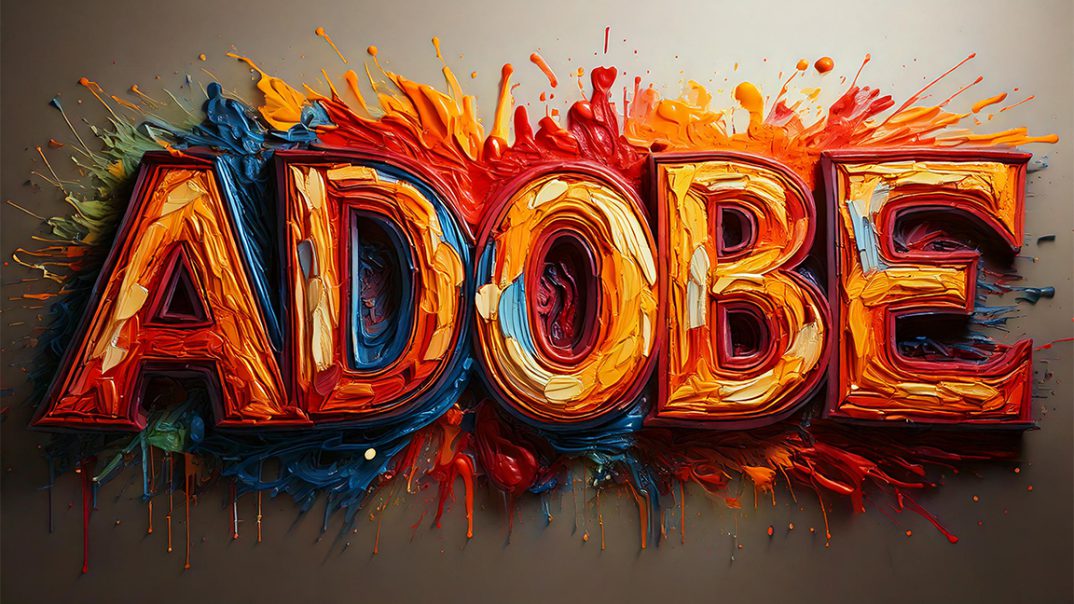When you buy through links on our articles, Future and its syndication partners may earn a commission.
Credit: Adobe Firefly
If you’re a digital artist fed up with hearing prompt jockeys tell you to get over generative AI art’s impact, then Alexandru Costin, Vice President of Generative AI and Sensei at Adobe, has some good news for you as we begin 2025. Well, it’s not bad news.
“We’re standing on the threshold of a transformative moment in generative AI,” he tells me, revealing we’re about to see a “shift from the prompt-based era to a controls era”. This, adds Alexandru, is “set to unleash human creativity in unimaginable ways”.
The current norm for using AI art generators is to type prompts into its UI ‘ask’ the algorithm to create an image, video or 3D object. It removes artistic input. Those artists who do use AI image generators have been trying to find ways to take back control, as Martin Nebelong explains in his op ed, ‘AI art is only a threat if we let “prompt-jockeys” take control’. This is where Alexandru sees the future is for gen AI, in giving artists greater control over gen AI’s output.
Adobe predicts the ‘Controls Era’
“Think of these ‘controls’ as the digital equivalent of the paintbrush in Photoshop,” says Alexandru. “This tool once seemed threatening to traditional art forms but ultimately sparked an explosion of creativity, craftsmanship, and innovation. Photoshop didn’t replace physical paintbrushes; it redefined what was possible, opening new avenues for precision, taste and expression.”
He adds: “The controls era in AI marks a transformative shift, equipping creators with tools that unlock unprecedented creative possibilities. These tools go beyond mere task automation – they empower creators to refine, adapt, and reimagine their work across countless mediums, enabling deeper exploration of intricate details. Most importantly, because they reduce the barriers to taking creative risks, they encourage boundary-pushing innovation that leads to better solutions.”

Adobe AI 2025; menus in a new AI app
I saw this new direction for myself at this year’s Adobe MAX, where new announcements focused on AI as tools rather than gimmicks. New tools like Project Turntable, that enables you to easily rotate 2D vector art in 3D by generating the missing data to fill in the image – a 2D horse now has four legs as its turned.
The theme of the Adobe MAX Sneaks I witnessed continued this trend towards AI with control and purpose; Project Scenic really is an AI tool designed to give back control – it turns an AI generated image into a 3D scene and regenerations are made manually through camera moves, edits and framing. And, of course, there’s Project Concept AI that is a canvas for gen AI images, where you can collaborate to rework, edit and refine AI art, and set style guides to control the outputs.
Want to get ahead in 2025? Read our digital arts trends 2025 article and our 3D art trends 2025 feature for the latest tech, style and workflow predictions.






